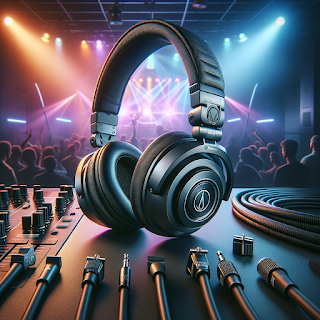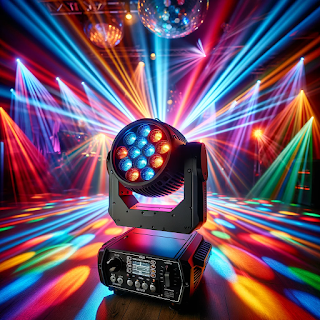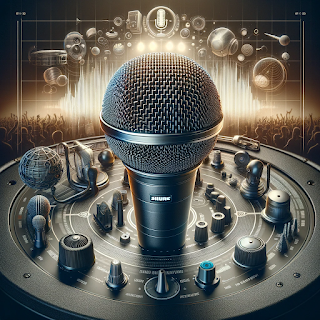Elevate Your Performance: Mastering the Art of Beatmatching for Aspiring DJs
In the world of DJing, the term "beatmatching" is as fundamental as it gets. It's the cornerstone upon which the house of electronic music performance is built. Mastering the art of beatmatching is a rite of passage for every aspiring DJ, separating the amateurs from the pros. This guide is an in-depth exploration of this crucial skill, aimed at elevating the performances of aspiring DJs.
Beatmatching, at its core, is the technique of synchronizing the tempo of two tracks so that their beats align perfectly when played together. It's a skill that demands a keen ear, a delicate touch, and an intimate understanding of your music.
**Understanding Tempo and Beats**
Before you can match beats, you must understand what you're listening for. A 'beat' in music is the basic unit of time, the pulse. Tempo, measured in beats per minute (BPM), dictates how quickly or slowly the music plays. Identifying the BPM of your tracks is the first step in beatmatching.
**Equipment Essentials**
Modern DJ equipment, whether it’s CDJs, turntables, or software-based systems, offers BPM counters and other tools to aid in beatmatching. However, relying solely on these tools won't always yield perfect results. The true art comes from being able to do it by ear, which ensures that you can perform with any setup.
**The Beatmatching Process**
1. **Cueing Up**: Begin with one track playing through the speakers. Cue up the second track in your headphones, finding the first downbeat to prepare for the mix.
2. **Finding the Beat**: Listen to the cued track in your headphones. Tap along to find its beat, getting a feel for its tempo.
3. **Adjusting the Tempo**: Use the pitch fader on your equipment to adjust the tempo of the cued track. Your goal is to match the BPM of the playing track.
4. **Fine-Tuning**: Once the tempos are close, nudge the jog wheel or turntable to fine-tune the alignment. Listen for the kicks and snares to sync up.
5. **In the Mix**: With the beats aligned, bring up the volume fader of the cued track. Both tracks should now be playing together seamlessly.
**Practicing Listening Skills**
To beatmatch by ear, you must develop your listening skills. Practice by focusing on the percussive elements of your tracks. It's the kicks, snares, and hi-hats that will give you the clearest indication of timing.
**Overcoming Common Challenges**
One of the most common challenges in beatmatching is the temptation to rely on visual aids. It’s vital to train your ears and not your eyes. Another challenge is managing disparate genres. Beats in house music are more straightforward to match than in genres with complex rhythms like drum and bass or dubstep.
**Advanced Techniques**
As you master the basics, you'll begin to experiment with more advanced techniques:
- **Phrase Matching**: Aligning your tracks in musical phrases ensures that they not only match in tempo but also in musical structure.
- **Harmonic Mixing**: Matching keys of tracks for a harmonious blend can take your transitions to another level.
- **Looping**: Using loops can give you more time to beatmatch and create more interesting mixes.
**Building a Diverse Music Library**
A DJ’s music library should be extensive and well-organized, with tracks analyzed for BPM and key. Knowing your music intimately will help you make quick decisions and match beats more efficiently.
**The Role of Software**
While software can assist in beatmatching, it's crucial to understand the manual process. This knowledge frees you from being dependent on technology and prepares you for any situation.
**Conclusion**
Beatmatching is a skill that may seem daunting at first, but with practice, it becomes second nature. It's about training your ears, hands, and mind to work in unison. By mastering beatmatching, you ensure that your mixes are smooth, your transitions are seamless, and your performances are elevated.
Remember, the journey to becoming a proficient DJ is a marathon, not a sprint. With each track you cue, each beat you match, and each mix you blend, you're not just playing music—you're crafting an experience. So take the time to practice, be patient with your progress, and let your passion for the beat guide you.




Comments
Post a Comment